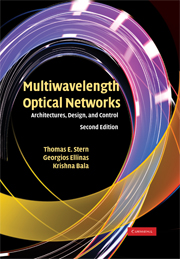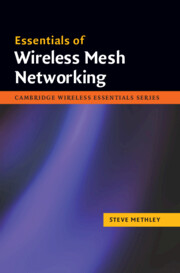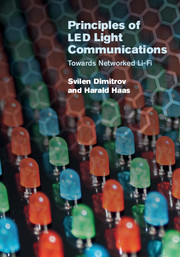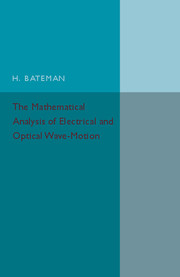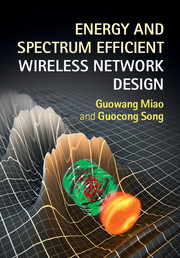Multiwavelength Optical Networks
Updated and expanded, this second edition of the acclaimed Multiwavelength Optical Networks provides a detailed description of the structure and operation of modern optical networks. It also sets out the analytical tools for network performance evaluation and optimization for current and next generation networks, as well as the latest advances in enabling technologies. Backbone optical networks are evolving to mesh topologies using intelligent network elements; a new optical control plane is taking shape based on GMPLS; and significant advances have occurred in Fiber to the Home/Premises (the 'last mile'), metropolitan area networks, protection and restoration, and IP over WDM. New research on all-optical packet switched networks is also covered in depth. Also included are current trends and new applications on the commercial scene. This book is an invaluable resource for graduate and senior undergraduate students in electrical engineering, computer science, and applied physics, and for practitioners in the telecommunications industry.
- Fundamental methodologies from the first edition are up-dated to reflect changes in terminology, technology and applications
- Covers key recent developments such as new network management tools, metropolitan networks, photonic packet switching and optical burst switching
- Contains numerous worked examples and homework problems (instructor-only solutions online)
Product details
February 2009Adobe eBook Reader
9780511474088
0 pages
0kg
This ISBN is for an eBook version which is distributed on our behalf by a third party.
Table of Contents
- 1. The big picture
- 2. The layered architecture and its resources
- 3. Network connections
- 4. Enabling technology
- 5. Static multipoint networks
- 6. Wavelength/waveband routed networks
- 7. Logically routed networks
- 8. Survivability: protection and restoration
- 9. Optical control plane
- 10. Optical packet switched networks
- 11. Current trends in multiwavelength optical networking
- Appendices: A. Graph theory
- B. Fixed scheduling algorithm
- C. Markov chains and queues
- D. A limiting-cut heuristic
- E. An algorithm for minimum-interference routing in linear lightwave networks
- F. Synopsis of the SONET standard
- G. A looping algorithm.

